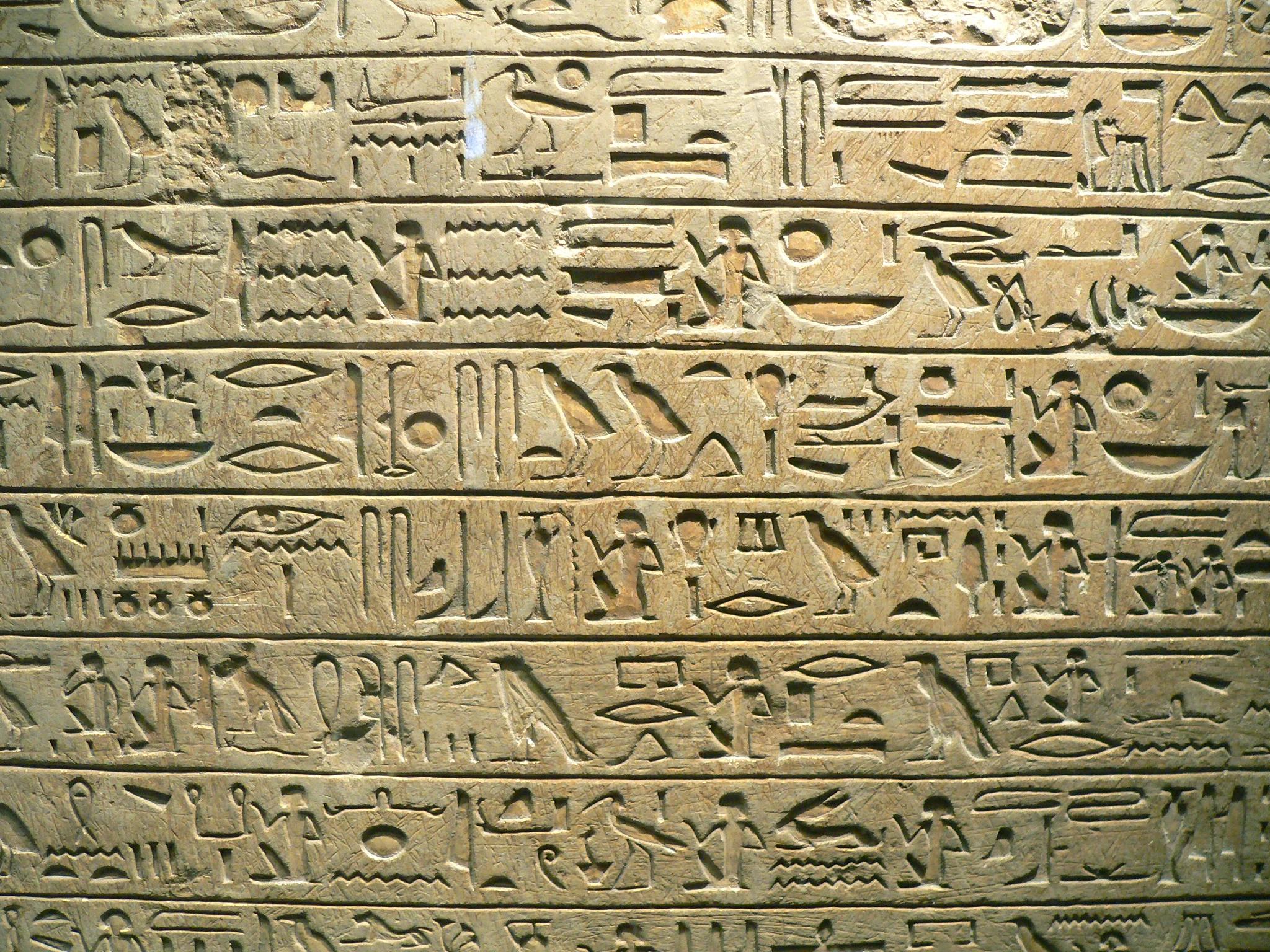Exploring Interreligious Relations and Interfaith Culture
November 15, 2017
interfaith in Africa
by Jacob K. Olupona
1. African traditional religion refers to the indigenous or autochthonous religions of the African people. It deals with their cosmology, ritual practices, symbols, arts, society, and so on. Because religion is a way of life, it relates to culture and society as they affect the worldview of the African people.
by Vicki Garlock
Interfaith engagement serves as a near-constant reminder that the central teachings of the world’s belief systems are more similar than different. This is especially true when working with kids. For centuries, adults have taught important life lessons through stories, handed down from generation to generation.
A TIO Interview
Despina Namwembe is a force of hope to be reckoned with when it comes to grassroots interfaith work in Africa. A social scientist with a masters in peace and conflict studies, she coordinates the work of more than 30 grassroots interfaith organizations doing different social action projects in the Great Lakes countries of Africa.
by Despina Namwembe
On the 31st of January, we left for the northern part of Uganda in a place called Adjumani (which borders Southern Sudan) to celebrate the Interfaith Harmony Week. We celebrated with our brothers and sisters who are now refugees in Uganda because of the insurgency going on in their country.
by Kira Zalan
Over the past three years, funded by a modest grant from the Dutch government, 16 women and the local organizations they run in Sudan have intervened in dozens of disputes and brokered solutions. In some cases, that meant building a freshwater well—in others, assistance in drafting laws and power-sharing agreements.
by Daniel Bellerose
Bumping down the red dirt roads in East Africa, my wife and I made our weekly voyage to the city of Iringa. Our driver was Eliah, a biologist, birder, and devout…
by Ruth Broyde Sharone
In a quest to uncover and promote interfaith engagement around the globe, many roads have led me – unexpectedly – to Morocco, a monarchy ruled by a young king. One of the most liberal Muslim countries in the Middle East, Morocco reflects a unique culture of Arab, indigenous Berber, Sub-Saharan African, and European influences and simultaneously supports a refreshing integration of ancient traditions with a modern outlook.
by Don Frew
In 2005, I attended the annual meeting of the Global Council of the United Religions Initiative. That year, it was held at a retreat center near Seoul, South Korea. One day, we took a long bus ride to the Buddhist monastery of Haensa, during which I sat with Monica Willard, URI’s representative at the United Nations.
Featured Videos


Header Photo: Brook Ward, C.c. 2.0 nc
by Paul Chaffee, Editor
What we don’t know we oversimplify. As a pre-teen, I had a few desolate images of India – a really hot climate, vast arid deserts, cows wandering down city streets, and overwhelming poverty. Little more.
Stunning News from Saudi Arabia – Nations Pursuing Interfaith Solutions – Religion for Good for Ill – Around the Interfaith Movement
Reimagining Religion Conference – New Pages in URI's Story – Intern with ICNY's Interfaith Matters Podcast – The Multifaith Storytelling Institute Kicks off another year of Storytelling this March
TIO'S SUPPORTING PARTNERS
Convergence: An Idea, Cody Nielsen
The Angst of Atheism and Journey to Secularism
INTERFAITH CENTER AT THE PRESIDIO
BAIC — Bay Area Interfaith Connect
ICNY's Interfaith Matters Blog
ICNY's Interfaith Matters Podcast
PARLIAMENT OF THE WORLD'S RELIGIONS
Ecumenical Patriarch Bartholemew Addresses Arctic Circle
Northern California Faith Communities Prepare to Support Those Affected by Wildfires












by Paul Chaffee
She was raised in a home on a dirt road in rural western North Carolina, without indoor plumbing or a telephone. The family lived off the land and had never sent a child to high school before. Asked if there was some seminal moment, a particular experience as a youngster that influenced her for the rest her life, Donna Bollinger says “Yes!”